1. Introduction to Durable Layer Cage
The Durable Layer Cage is an essential component in modern poultry farming, providing a robust and long-lasting housing solution for laying hens. Designed to withstand the challenging conditions of commercial farms, these cages ensure bird safety, facilitate efficient farm management, and improve overall egg production.
Durability in layer cages is critical to maintaining structural integrity over time, resisting corrosion, and minimizing maintenance costs. The use of high-quality materials such as galvanized steel or stainless steel, coupled with advanced manufacturing processes, makes durable layer cages a preferred choice for poultry producers worldwide.
With increasing pressure on farms to optimize space, reduce labor, and meet welfare standards, durable layer cages offer an effective balance between productivity and longevity. This comprehensive guide discusses the technical parameters, key features, advantages, typical applications, usage guidelines, and frequently asked questions about durable layer cages.
2. Technical Parameters of Durable Layer Cage
Material | Hot-Dip Galvanized Steel, Stainless Steel |
Cage Dimensions | Width: 60-80 cm; Depth: 40-50 cm; Height: 40-50 cm per cage unit |
Number of Tiers | 1 to 6 tiers, customizable |
Capacity per Cage | 3 to 8 hens per cage, depending on size and welfare norms |
Wire Mesh Diameter | 1.8 mm to 2.5 mm |
Surface Treatment | Hot-dip Galvanization, PVC Coating |
Feeding System | Manual or Automatic Feeders |
Watering System | Nipple Drinkers or Trough Drinkers |
Egg Collection System | Manual Egg Trays or Automatic Egg Belts |
Manure Management | Removable Manure Trays or Automated Belt Systems |
Weight Capacity | Typically 10-15 kg per cage unit |
Installation | Modular, stackable, easy assembly |
3. Features of Durable Layer Cage
3.1 Superior Material Quality
Durable layer cages use high-grade galvanized steel or stainless steel that resists rust, corrosion, and wear, ensuring longevity in harsh farm environments.
3.2 Robust Construction
Welded wire mesh and reinforced cage frames provide excellent structural strength to support multi-tier stacking and heavy bird loads.
3.3 Corrosion and Rust Resistance
Advanced surface treatments such as hot-dip galvanization and PVC coating protect cages from moisture and chemical exposure.
3.4 Easy Cleaning and Maintenance
Smooth surfaces and removable manure trays allow efficient cleaning and hygiene management, reducing disease risk.
3.5 Modular and Scalable Design
Cages can be stacked in multiple tiers and assembled in modular formats to fit farm size and production needs.
3.6 Integrated Feeding and Watering
Designed to accommodate manual or automatic feeders and nipple drinkers for reliable bird nutrition and hydration.
3.7 Efficient Egg Collection
Equipped with egg belts or collection trays to simplify harvesting and minimize egg damage.
3.8 Manure Management
Removable trays or automated belts facilitate waste removal, maintaining a cleaner environment.
4. Advantages of Durable Layer Cage
4.1 Longevity and Cost-Effectiveness
High durability reduces replacement frequency and maintenance expenses, leading to cost savings over the cage lifespan.
4.2 Improved Bird Safety and Welfare
Strong, secure cages prevent injuries and escape, ensuring safer living conditions.
4.3 Enhanced Farm Efficiency
Durable cages support high-density housing without compromising structural integrity, optimizing space utilization.
4.4 Reduced Downtime
Reliable equipment minimizes operational interruptions due to repairs or replacements.
4.5 Better Egg Quality
Clean and sturdy cages reduce egg contamination and breakage.
4.6 Compliance with Industry Standards
Manufactured to meet or exceed animal welfare and safety regulations.
5. Application Scenarios of Durable Layer Cage
5.1 Commercial Egg Production Farms
Ideal for large-scale egg producers seeking reliable, long-lasting housing solutions.
5.2 Small and Medium Poultry Farms
Modular cages provide flexibility to scale operations cost-effectively.
5.3 Breeding and Research Facilities
Durable cages offer stable environments for controlled experiments and breeding programs.
5.4 Export-Oriented Egg Production
Meets quality and durability standards required for international markets.
5.5 Integrated Poultry Farming Operations
Used in conjunction with automated feeding, watering, and manure management systems.
6. Usage Instructions for Durable Layer Cage
6.1 Installation and Assembly
Select a clean, ventilated, and secure location for cage setup.
Assemble cages according to manufacturer instructions, ensuring secure connections and stable tier stacking.
Install feeding and watering equipment compatible with cage design.
Position manure trays or belt systems for easy removal and cleaning.
6.2 Bird Stocking and Management
Follow recommended stocking densities to ensure bird comfort and welfare.
Introduce pullets carefully to minimize stress.
Monitor bird behavior regularly and adjust stocking if necessary.
6.3 Feeding and Watering
Maintain feed quality and availability in feeders.
Ensure water systems are clean, functional, and accessible.
6.4 Cleaning and Maintenance
Remove manure daily or as recommended.
Clean cages, feeders, and watering systems regularly.
Inspect cage frames for damage or corrosion and perform timely repairs.
6.5 Egg Collection
7. Frequently Asked Questions (FAQs)
Q1: What materials make a layer cage durable?
A1: High-quality galvanized steel or stainless steel with protective coatings like hot-dip galvanization ensures durability.
Q2: How long do durable layer cages last?
A2: Properly maintained cages can last 10-15 years or more.
Q3: Can durable cages be customized?
A3: Yes, cage sizes, tiers, and accessories can be tailored to farm requirements.
Q4: How does durability benefit farm operations?
A4: It reduces maintenance costs, prevents operational downtime, and protects bird welfare.
Q5: Are durable layer cages easy to clean?
A5: Yes, smooth surfaces and removable trays make cleaning straightforward.
Q6: What is the typical stocking density?
A6: Approximately 450-500 cm² per hen, depending on welfare guidelines.
Q7: Can durable cages be used in automated farms?
A7: Absolutely, they integrate well with feeding, watering, and manure automation.
Q8: How to maintain cage durability?
A8: Regular cleaning, inspections, prompt repairs, and avoiding harsh chemicals help maintain durability.
Q9: Do durable cages support multi-tier systems?
A9: Yes, their strong construction supports safe multi-tier stacking.
Q10: Are durable layer cages compliant with welfare standards?
A10: Most are designed to meet or exceed industry animal welfare regulations.
8. Conclusion
Durable Layer Cages are a cornerstone of efficient and sustainable poultry farming. Their robust construction, corrosion resistance, and ease of maintenance provide poultry farmers with reliable housing that supports high productivity and bird welfare.
By investing in durable cages, farms can reduce long-term costs, improve operational efficiency, and produce higher quality eggs. Whether for large commercial operations or smaller farms, durable layer cages offer flexible and scalable solutions tailored to diverse production needs.
Understanding the technical specifications, features, proper usage, and maintenance of durable layer cages enables farmers to make informed decisions that enhance productivity and sustainability in poultry farming.
Company Profile
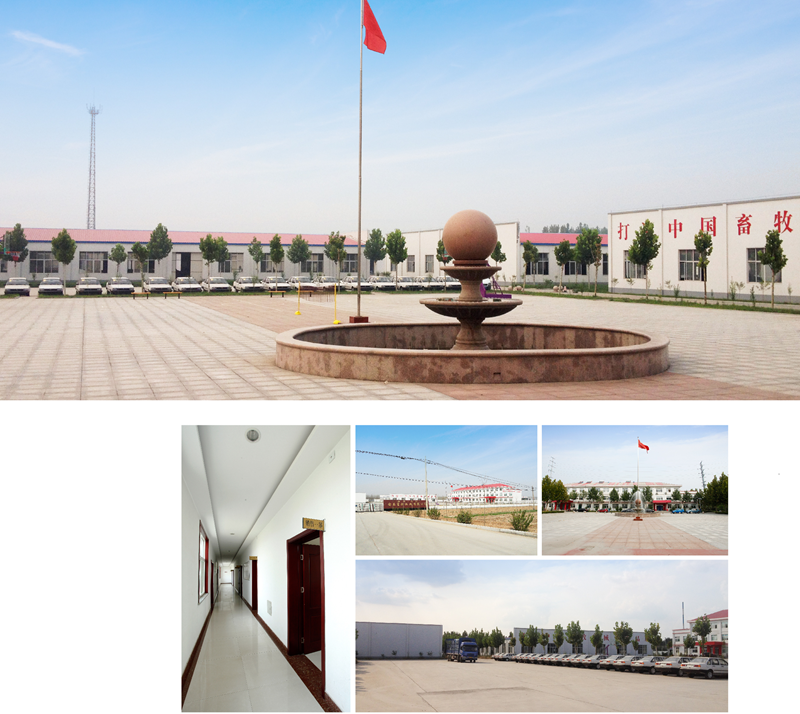
Shandong Huimin Qinle Livestock Machinery Co., Ltd. (formerly Shandong Huimin Qinle Livestock Machinery Factory) is a professional poultry equipment manufacturer with over 20 years of experience. We offer a comprehensive service package, from design (land and chicken coops), production (equipment and prefabricated steel coops), installation, commissioning, customer training, and after-sales service.
Located in Huimin County, Binzhou City, Shandong Province, China, the company has extensive experience in mechanical processing and manufacturing, as well as livestock machinery production and operation. With fixed assets of RMB 15 million, the company employs 160 people, including 30 R&D staff, and occupies a 40,000-square-meter factory. Equipped with over 110 pieces of advanced precision production equipment, including CNC machining centers and laser cutting machines, the company boasts a production capacity of RMB 50 million.
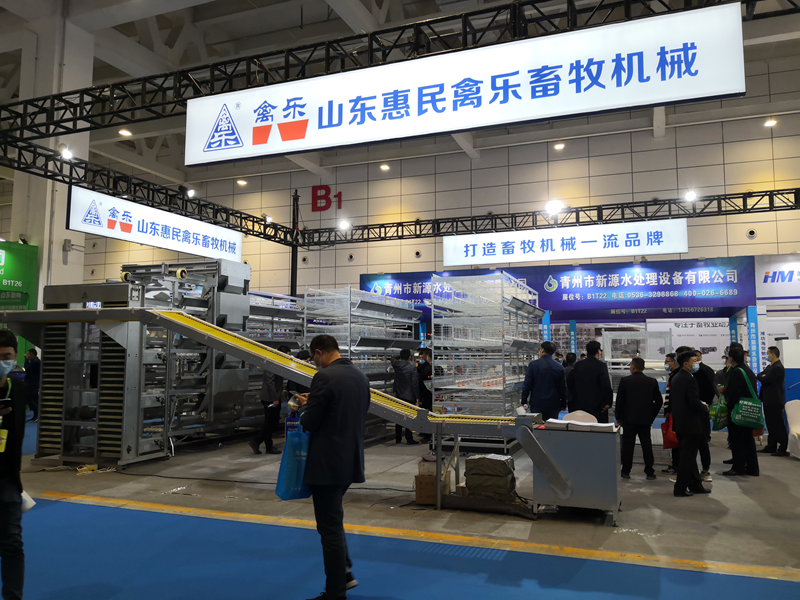


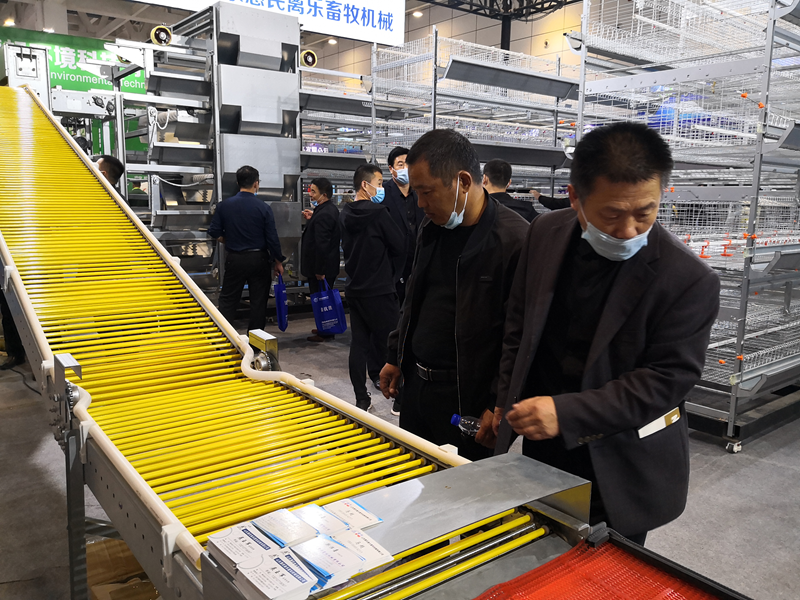
Chicken Farming Equipment Mesh Production Workshop

Machining Workshop

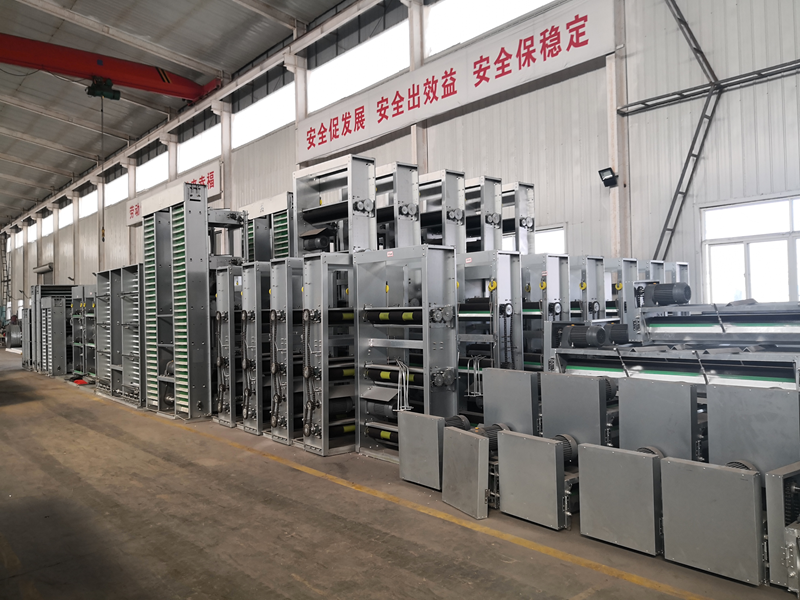
Turret-type CNC Punch Press, Laser Cutting and Other Machining Equipment



Fully Automated Roll Forming Production Line

Hot-dip Galvanizing Production Line

Electroplating Production Line

Environmental Protection Equipment

Chicken Farming Equipment Product Series
Egg-laying Hen Farming Equipment
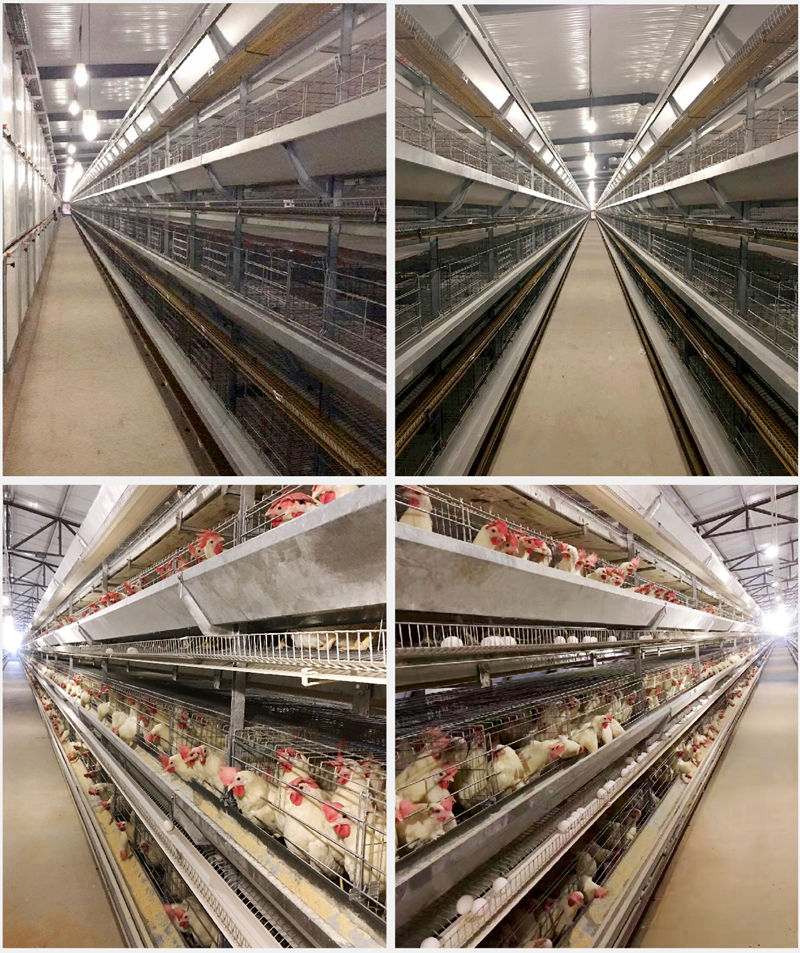
Stacked Brooding Cage Equipment

Stacked Broiler Cage Equipment
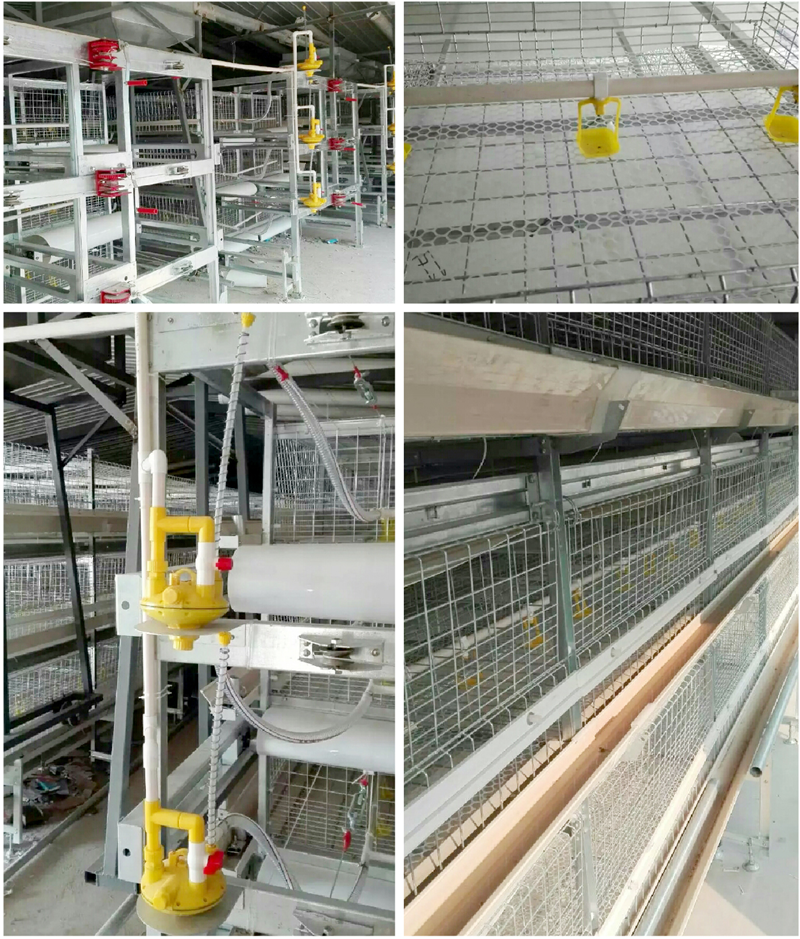
Stepped Layer Hen Cage Rearing Equipment
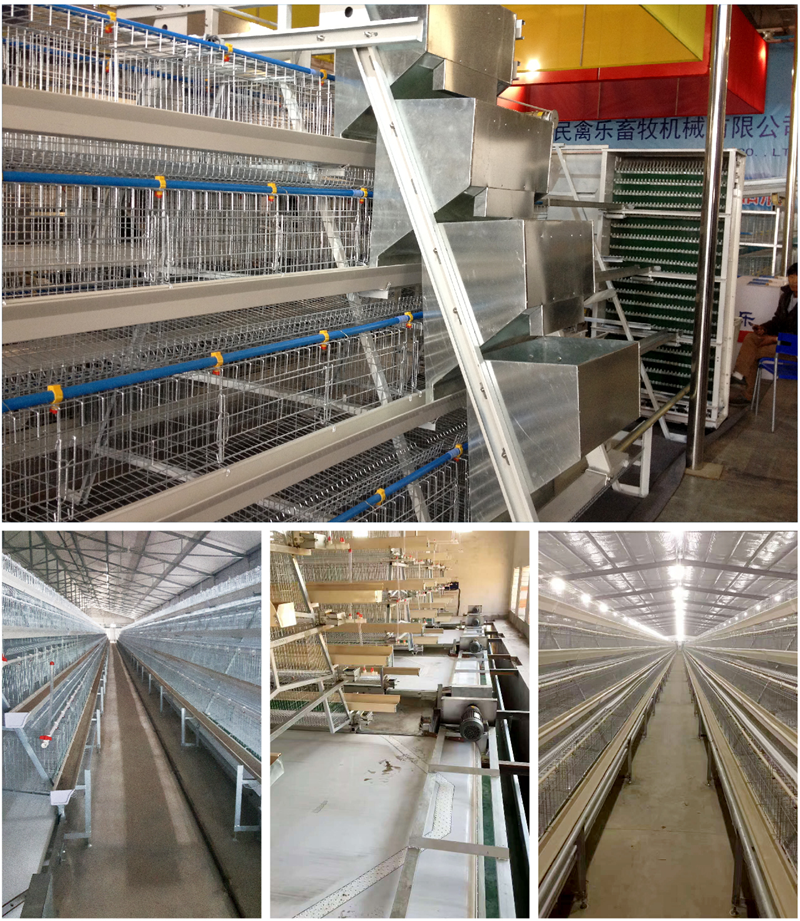
Automatic Egg Collection System

H-type Cage Feeding Machine
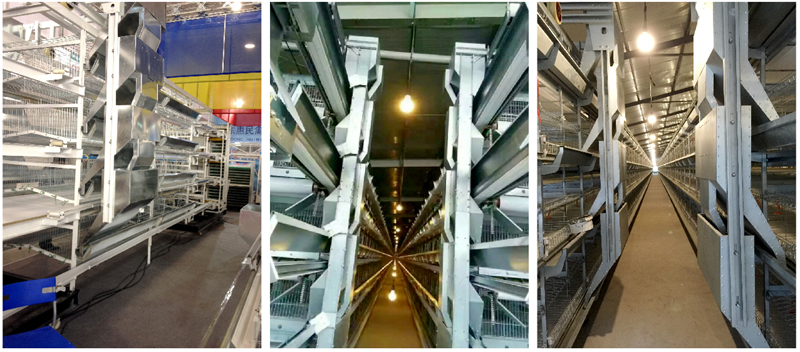
Stepped Cage Straddle Feeder
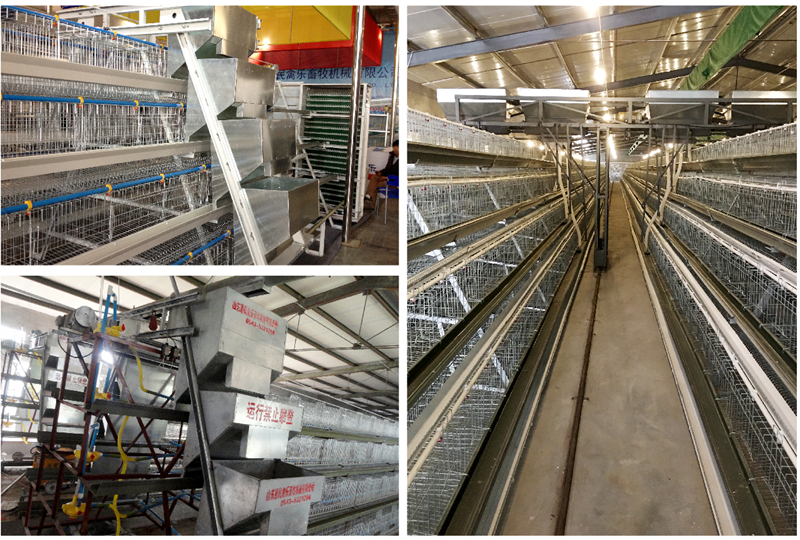
Manure Removal Machine

Fans, Heated Curtains, Environmental Control Systems, and Lighting Equipment
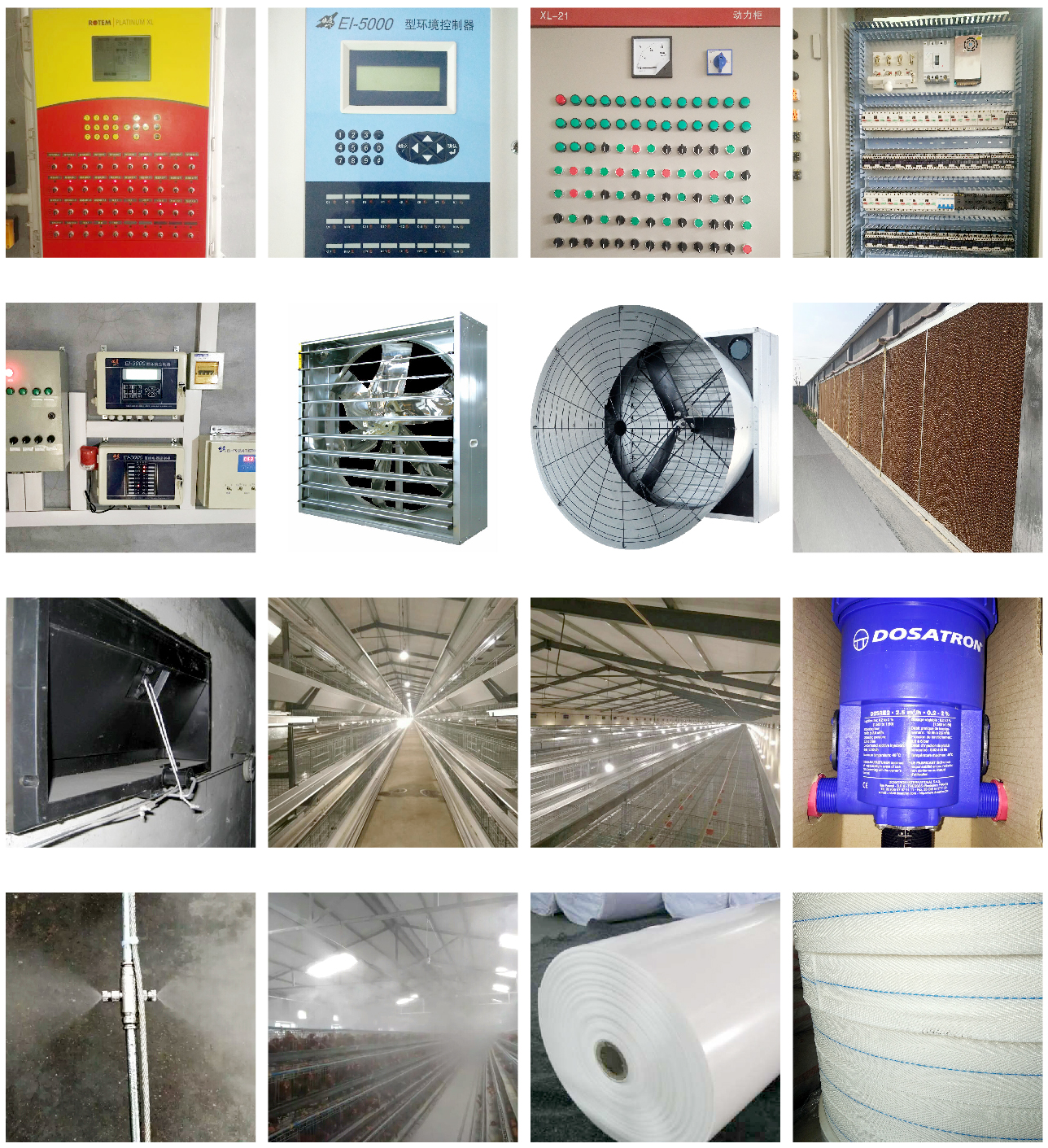
Complete Set of Equipment for Organic Fermentation Treatment of Manure


 Catalogue
Catalogue































 Whatsapp
Whatsapp Телефон
Телефон